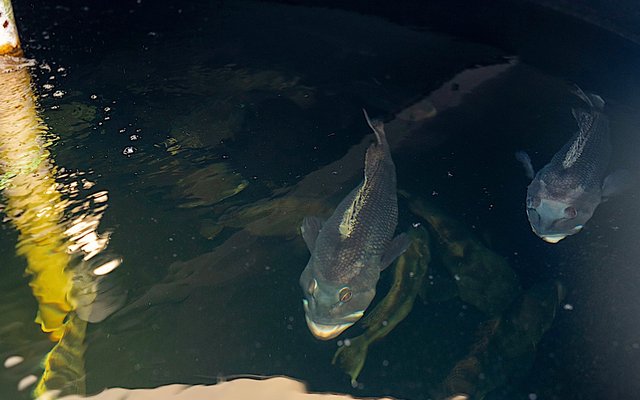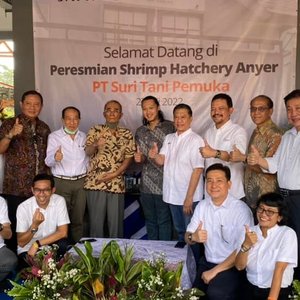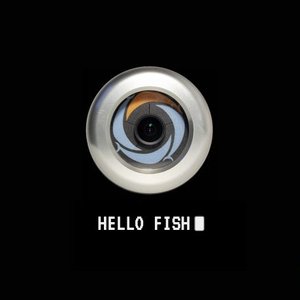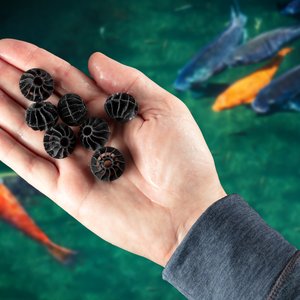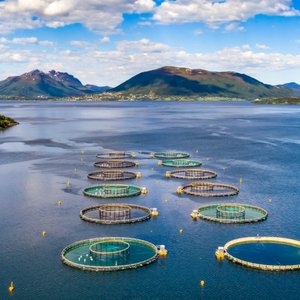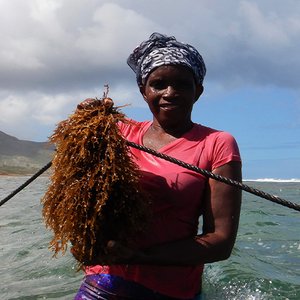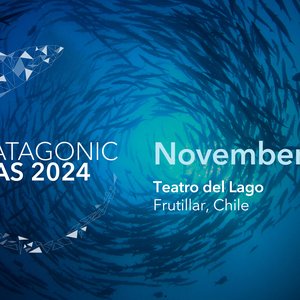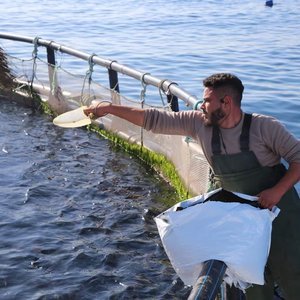There is interest in developing commercial production of black seabass among private growers and researchers from the University of North Carolina Wilmington (UNCW), with the support of the North Carolina Sea Grant and several other funders, have been working on controlled breeding of larvae and juvenile production in hatcheries to grow-out in RAS.
The results have shown that black seabass can be bred in captivity but researchers also wanted to evaluate production by considering the market and economic factors to determine if black seabass is commercially ready for farming.
The team built a pilot hatchery that used laboratory-based research at a commercial scale to provide startup fish farmers with a source of fingerlings. Based on all the costs associated with operating the pilot hatchery, the scientists conducted an analysis, using a fixed set of economic conditions, of a hypothetical full-scale commercial black seabass hatchery operation. The team made several assumptions in their calculations: project life was 30 years, with equipment replacement every 10 years, and the capacity of the hatchery was 100,000 advanced-stage fingerlings. The team also fixed other business-related factors – e.g., interest rates, land ownership, staffing, etc.
For the hypothetical, commercial-scale hatchery, the total initial investment costs of facility construction, recirculating systems, and hatchery-wide equipment and installation are USD 778,527. Variable operating costs total up to USD 71,426 per year, including labor expenses. Fixed operating costs, which account for loan interest and other expenses, total USD 23,162 per year.
Breakeven price per five-gram fingerling is USD 1.67 but a mere USD 0.43 for a one-gram fingerling. Both of these prices are highly sensitive, requiring an efficient, fruitful harvest every time.
High-value retail markets provide prices that could be much more profitable for startup growers, though. While wholesale prices for whole-on-ice black seabass depend on size, with higher prices per pound for larger fish, growers can target niche markets for the ultra-fresh product, which garner premium prices for fish of assorted sizes.
More findings
Black seabass adapt well to life in aquaculture tanks, even though female broodfish change sexes to male, usually when they reach 9-13 inches at 2-5 years old. This means aging males must be replaced with wild-caught females.
Over the years, UNCW researchers have made numerous discoveries that have advanced techniques for farm-raising the species. For instance, by manipulating the amount of exposure to daylight and using hormone treatments they could induce the females to ovulate. Early fingerlings are “transport-ready,” with excellent resistance to acute crowding and shipping. They also determined how to rear black sea bass larvae through juvenile stages using standard feeding regimens for marine finfish. Additionally, they found that using their own UNCW-formulated diets (which replaced 50% fishmeal protein with poultry meal protein) led to better growth in early juvenile fish than two commercial diets, without adverse effects on survival.
The availability of fingerlings from UNCW’s hatchery has enabled startup farmers to grow and market black seabass, but commercial expansion will require investment in research to lower production expenses. Research is needed to lower feed and fingerling costs, increase growth, minimize size variation, maximize fish densities in grow-out systems, and address waste management.
More information here.


